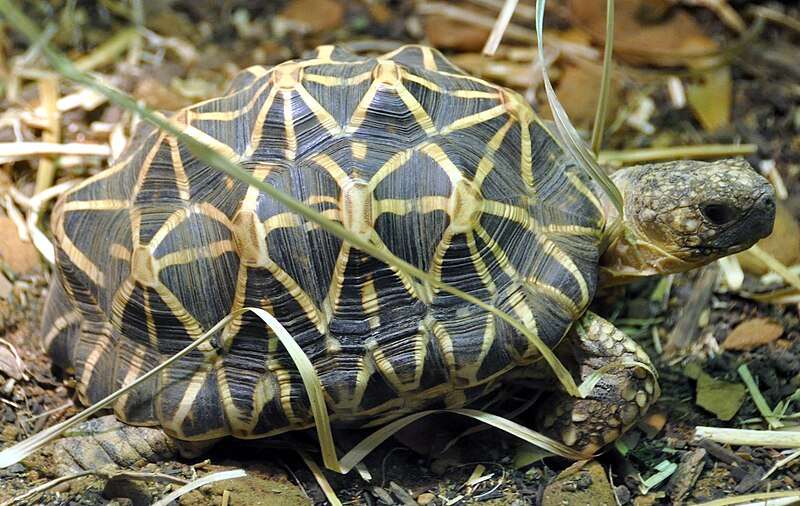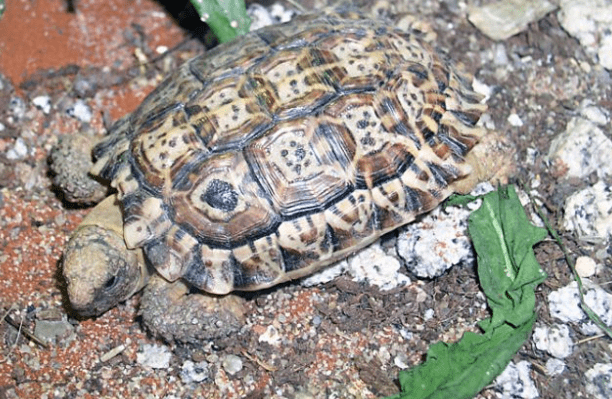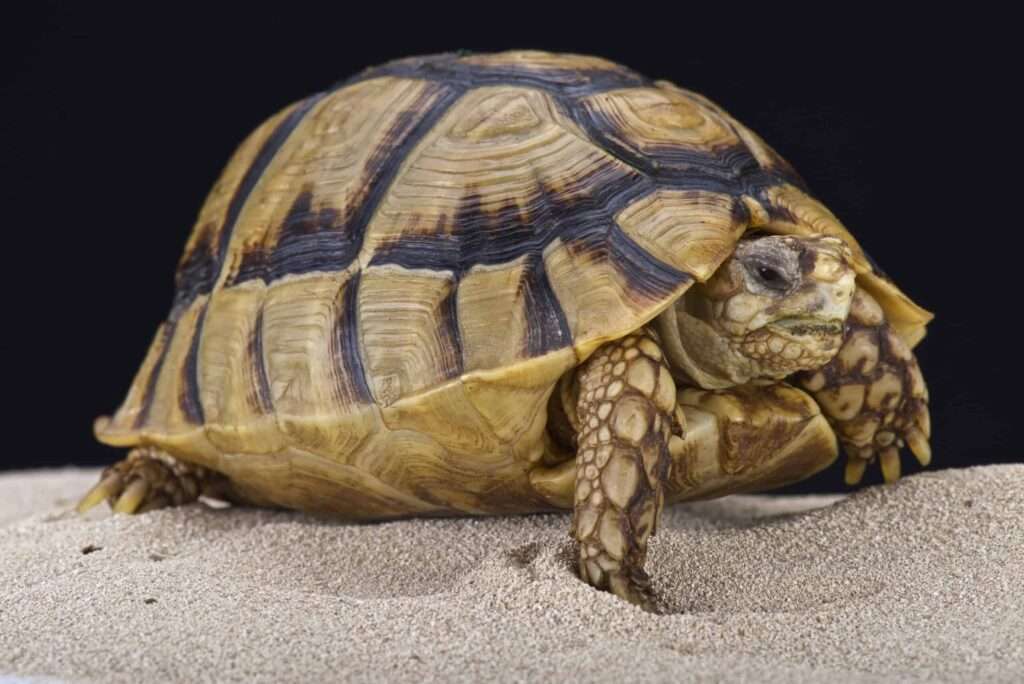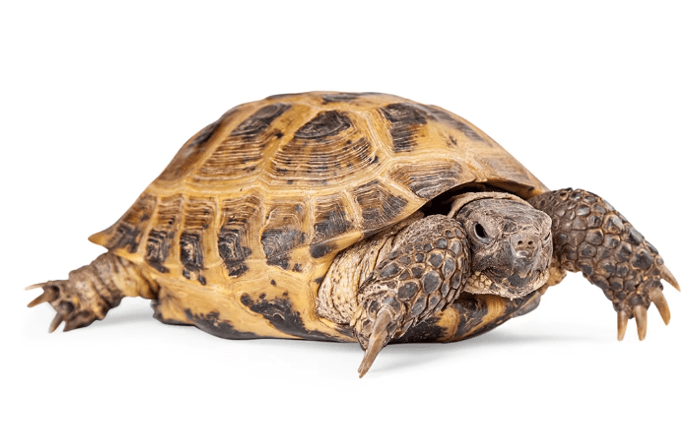
Description
A species of tortoise that is in danger is the Indian star tortoise (Geochelone elegans). The Indian star tortoise inhabits the arid and dry jungles of India and Sri Lanka and is a medium-sized tortoise. The star-like patterns on its high-domed shell are where its name originates from. The Indian star tortoise is well-known in the international trade of exotic pets due to its striking patterns and beautifully rounded shell. In addition to being incredibly appealing, the tortoise’s shell markings help it fit in with its surroundings by softening the rough edge, making it less evident to approaching predators when the tortoise is grazing.
Habitat
This species is found in three distinct regions of the Indian subcontinent: Karnataka, Kerala, and Tamil Nadu in southeast India; Gujarat, Uttar Pradesh, and Rajasthan in western India; and the Thar Desert in extreme southeast Pakistan. It also occurs on Sri Lanka. In addition to semi-arid lowland forests, moist deciduous woods, thorn scrub forests, semi-deserts, and dry grasslands, they live in a wide range of habitats.
Behavior
Crepuscular in nature, Indian star tortoises are most active in the early morning and late afternoon in dry, hot weather. They hide under foliage or other covers the rest of the time. They become significantly more active during the rainy season, wandering around and feeding for the majority of the day. During the cooler winter months, they stop moving in western Pakistan and India. These solitary animals don’t hibernate, although they do become inactive under extreme heat or cold. Although touch and olfactory senses are also engaged during feeding, courtship, male competitive behavior, and nesting, it appears that perception and communication are mostly visual in tortoises. A male tortoise will vocalize to a female during mating.

Keeping as Pet
Housing
Indian star tortoises still require their own room despite being smaller than the majority of other tortoises. They can be kept indoors in a sizable fish tank (55 gallons) or a plastic container, such as a storage box or under-the-bed box. The enclosure doesn’t need to be that tall for them.
Additionally, to keep your other pets safe from other animals, such as cats or dogs, their cage must be totally enclosed, if not with a screen top.
Outdoor cages must have walls that your turtle cannot see over and should measure around 6 feet by 6 feet. You shouldn’t have to worry about burying the walls in the ground like you would with other tortoises because star tortoises normally don’t dig. Make sure you have a secure covering to protect your pet from wild predators like birds, raccoons, and opossums when the tortoise is left unattended outdoors.
Humidity
Provide a plentiful water bowl with a graduated slope that makes it simple for the tortoise to climb in and out, as well as a moist hide box with a relative humidity of up to 80%. Additionally, you can help your pet’s habitat retain moisture by using a substrate that preserves humidity, like as peat moss or dirt. Use a hygrometer or humidity gauge and verify the readings daily to correctly monitor the humidity levels.
Water and Food
Herbivores are star tortoises. Give lots of grasses and fresh, dark leafy greens. All of the following are acceptable: timothy hay, fescue, Bermuda grass, orchard grass, ryegrass and alfalfa. Never provide dog or cat food to your Indian star tortoise.
Kale, dandelion greens, parsley, spineless cactus leaves, endive, escarole, and mustard greens are among the fresh greens that are excellent for tortoises. These greens have a greater calcium-to-phosphorus ratio than others, making them healthier for star tortoises. Every day, they sprinkle little extra calcium powder on their greens. You can occasionally provide a treat of a little piece of fruit.
To simulate foraging, feed it once per day at the same time every day from various food trays dispersed about the cage. You can either estimate the amount of food to feed as being around the size of the animal’s shell, or you can give them as much as they will eat in 15 to 30 minutes.
Its water container should be changed, cleaned, and refilled every day, if possible, with filtered water.
Table





